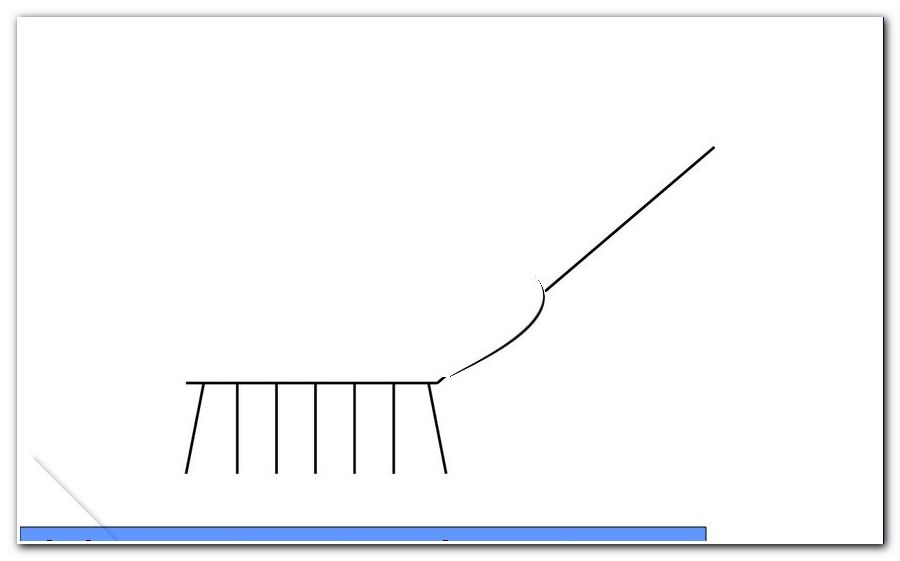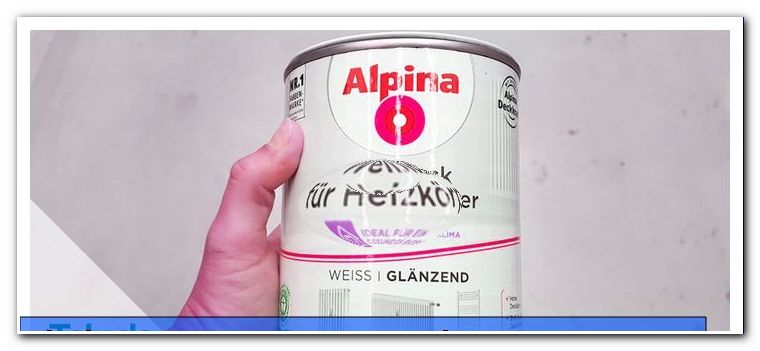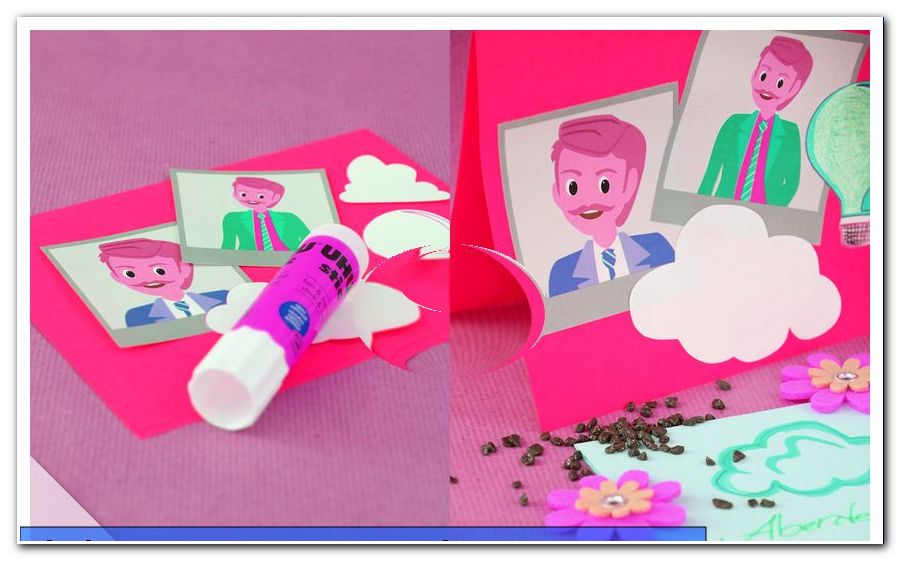What do the signs on the dishwasher mean? Explained icons with pictures

Whether a new dishwasher comes into the house or the previous device does not wash properly, they all have one thing in common. Numerous symbols can be found on the dishwasher, which are not explained on the machine, but are important for the correct operation of the machine. In addition to the control characters, there are also a large number of additional symbols requiring explanation on modern devices.
Do you know what the sign for refilling the dishwasher salt is ">
Note: All of these symbols are purely the characters found on most dishwashers. The individual programs of the device are extremely different from manufacturer to manufacturer and can therefore vary greatly in design.
Mug with an S and an S made of two curved arrows
These two symbols are alternate symbols of the need to replenish the salt. That is, only one of these characters will be displayed on your dishwasher because each manufacturer decides on one of them. Nowadays it is customary to use the S from two curved arrows for this, but the cup with the S still occurs. The salt is necessary for the dishwasher as it protects the dishwasher from limescale. The sign informs you that you should refill the container so that you do not have to completely descale the dishwasher in a few weeks.

brush
The brush is a rather simple symbol, it makes it clear that the dishwasher is currently rinsing. For this reason, you should not simply open the machine, even if it is in a quiet section of the program that looks like it is not rinsing. Often then just the water is drained and it is not exactly advantageous to open the machine meanwhile. In the worst case, quite a lot of water runs out of the machine and you have to use the mop.

water tap
The faucet is a warning. This indicates that there is a problem with the water supply and for this reason the dishwasher can not channel water into the machine. That is, she can not wash the dishes because there is no water available. This can happen because of a variety of causes:
- Hose not connected properly
- Faucet not open
- Hose clogged
- Pump clogged or damaged
- electronic defect in the machine is present
- Aqua stop
Check with this sign first, whether the faucet is turned up correctly or if water leaks, for example due to a wrongly connected hose. This symbol should not light up in normal conditions and therefore it is important that you investigate the possible source of the error and thereby get the dishwasher running again.

Sun with openwork rays
In the sun with broken rays, which look a little like water jets, you have to refill the rinse aid. The rinse aid is important to soften the water when rinsing, thereby facilitating drying. If you miss the blinking of this sign, you will have to worry about dirty or wet dishes, as the rinse aid is used precisely against these problems. The display will not make itself felt in an absolutely empty container, but if there is only a small amount of rinse aid left. So you do not have to get along completely without the rinse aid.

EU logo
The EU logo is located in the upper left corner of the general information about the machine and can easily be recognized by the blue background and stars of the European Union. The logo looks exactly like the flag of the EU and assures that this dishwasher complies with EU quality standards and therefore can be used by you without hesitation. This is especially important for models that are not from renowned German or European manufacturers, but from other EU countries.
Black arrow of energy efficiency class
The big black arrow in the middle of the label pointing to the left represents the energy efficiency class of the dishwasher. Dishwashers are tested for energy efficiency and accordingly receive a rating from D to A +++ indicating the machine's energy consumption. The letter in the black arrow is the final indication of the energy efficiency class and should not be confused with the scale on the left, which also indicates letters.

Energy efficiency class scale
This scale presents all energy efficiency classes awarded in the EU and provides information on how environmentally friendly the dishwasher is. It stands to the left next to the big black arrow and is itself held in different colors, which once again make it clear which energy efficiency classes are unsuitable for gentle consumption. The colors and letters from good to bad:
- A +++: deep green
- A ++: lighter green
- A +: very bright green
- A: yellow
- B: orange
- C: dark orange
- D: deep red
The colors are therefore arranged in a similar way to a traffic light and the greener the energy efficiency class, the better for the environment and your electricity bill. Please note that new devices in Germany may no longer be offered under Class A + to A +++ unless they are residual items. Of course, used items come in all variants. 
Annual electricity consumption
Annual electricity consumption is displayed below the black arrow. Here you will find different values, which are used in 280 solo rinses. This means that if you rinse every two days at the latest, the dishwasher's energy consumption will be as high as recorded on the label. This makes it easy for you to calculate how expensive the device will be over the year. The information is displayed on the display in the format kWh / annum.

volume
In the bottom bar of the label are four symbols, which are held in a lighter shade of blue. One of them, in the right corner, is the dishwashing noise symbol in decibels. The icon is easily recognizable by the shape that looks like the typical volume icon on electrical appliances such as computers or stereos. Thus, you have any idea how loud the dishwasher is during the program. 
water consumption
In the left corner, on the other hand, there is the symbol for the annual water consumption of the dishwasher, also at a frequency of about 280 rinses. This is similar to a faucet, but is kept in light blue and must not be confused with the symbol for problems with the water supply. 
Drying performance class
Drying efficiency class is displayed on a light blue plate, from which intricate lines resembling hot air emerge. The drying efficiency class shows with letters from A to G how dry the dishes come out of the dishwasher. Here A has the highest, G the worst drying effect. 
Maßdecke-standard load
The last symbol in the bottom bar, also in light blue, is the number of possible place settings that the machine can wash at the same time. The symbol combines a plate, silverware and a wine glass. The size of a place setting is defined by the
DIN EN 50242 and includes:
- a soup plate
- a dinner plate
- a dessert plate
- a saucer
- a cup
- a drinking glass
- a fork
- a knife
- a tablespoon
- a teaspoon
- a dessert spoon
A two-person household therefore needs space for eight to ten place settings, while a large family needs at least space for more than 15 place settings. This symbol indicates the necessary size of the dishwasher. 
Problems with older machines
Although many of the machines currently have the same symbols as standard to uniform the operation and production, this has not always been the case. Numerous older dishwashers, which still function efficiently today, differ significantly in the symbols, which you should pay attention to when using. This is because there is a likelihood of confusion, as some of the signs were previously used differently. These are:
- Cup: was previously used in addition for the rinse aid and salt
- Sun: not even available on old models
Note: In the past, there was often no sign of products such as salt and rinse aid. On the other hand, there was a viewing window for reading the filling level at the respective filling containers.




